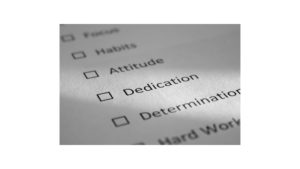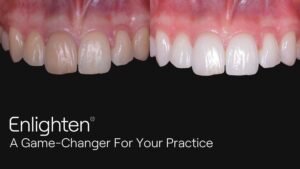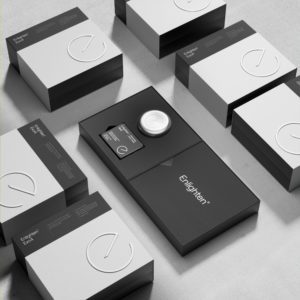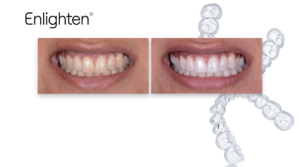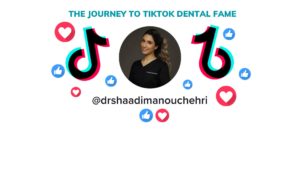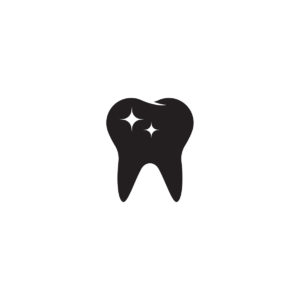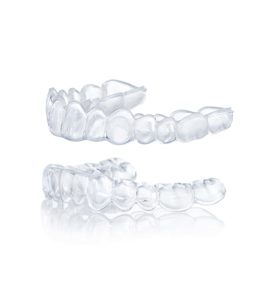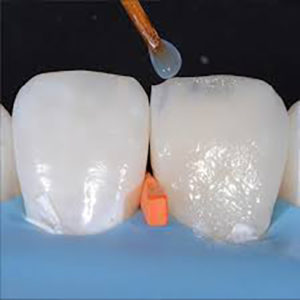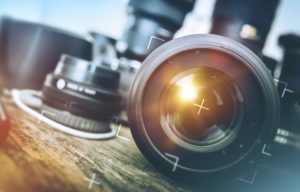The reasons your practice needs a digital scanner
If you prefer to read the interview, here is a transcription for you:
I’d like to talk about how digital scanners have changed my practice. Up until about 18 months ago we were completely analogue, so much like many of the dentists watching this video, using impressions of various different sorts for different procedures, and then we decided to get a scanner. The main driving force behind us getting the scanner was actually digital smile design. We wanted to start using a lot more of those features in planning our more complex restorative cases.
Patients are absolutely dazzled by the technology
We started scanning about 18 months ago. There was a very steep learning curve initially because there’s a huge change from taking impressions all the time and suddenly find yourself picking up this wand and scanning a patient’s mouth in a matter of minutes, because you don’t really trust it initially, you think is this device actually going to do things as well as I was doing them before? Once we’d got through that learning curve I can wholeheartedly recommend using a digital scanner because it has transformed our practice.
First and foremost, patients are absolutely dazzled by the technology. They see you with this device scanning their mouth, it’s not uncomfortable like an impression, they’re not gagging, they don’t get a nasty taste in their mouth. It’s over in about four or five minutes maximum, and you’ve captured all the detail that you would need for any case. Our crowns fit better. Everything has been improved by the use of the scanner.
ADVANTAGES OF DIGITAL SCANNERS
We opted to get the i-Tero scanner largely because we do a lot of Invisalign, and the clean check and everything else is more integrated into the i-Tero and you can do something called a simulation. It will actually take you through the process and show your patient what your teeth might look like when they’re straight.
The digital scanner has raised our game across the board
Going from analogue to completely digital we now use the scanner for everything we do: for our single crowns, for our bridges, for our implants, for our Invisalign, for literally everything. It’s really great for monitoring tooth wear cases, and it is an educational tool. When a patient sees their own mouth on a screen in 3-D and they’re touching it and playing with it and watching their mouth rotate, they start to see things that you couldn’t show them with a mirror. Wear facets on teeth, you can zoom in and have detail that’s not possible.
It really makes you realise the quality of your own preparations as well. It has been an interesting thing for us to be able to see our own preparations zoomed in up 10 – 20 times their size. You start to notice all the little discrepancies in your margins, and it refines your technique, so you’re now spending a little bit longer making sure your preparations are absolutely perfect. It’s raised our game across the board.
CASE EXAMPLE
One of the most useful things for me with the digital scanner has been planning bonding at the end of an alignment case. The one case that comes to mind had three broken teeth on one side and then 3 teeth on the other side which were almost perfectly intact and exactly the right proportions.
Previously we would have sent this with an impression to the laboratory. They would have waxed that arch up and then we would have used that wax-up as some kind of a guide in order to do the bonding. With the scanner, we sent the scans to the laboratory, they actually digitally mirrored the three teeth onto the other side and then printed as a model of the whole arch which we then used as a guide to build up those teeth. In the end we ended up with anatomically matching teeth on both sides. There was no guesswork. Essentially I couldn’t ruin it because I simply followed the guide and they looked exactly the same.
The digital scanner has has transformed everything that we do: Invisalign, restorative work, bonding…
Patient was overjoyed and couldn’t believe it was possible. These are little things that we couldn’t have done in an analogue way with the same accuracy that we can do it now digitally.
DIGITAL SMILE DESIGN PROCESS
One of the other very useful things about the scanner is the ability to integrate more easily with the digital smile design process. For those of you who aren’t familiar with digital smile design, it’s a way of using natural teeth and natural surfaces to create a patient’s veneers, crowns or restorations, even bonding.
Essentially, we have a database of scanned natural teeth which we can use to build a patient’s smile. We take a series of photographs and a digital scan. This goes into a piece of software and various design phases to select the right size tooth for that patient’s smile. Then we are able to use the digital library to mill the finishing face of those teeth in exactly the same way as a natural tooth look. Where previously a ceramist was designing that face and really he was guided by his experience and how we thought that tooth would look which meant you don’t get a natural appearance because it isn’t a natural tooth. Using the digital smile design process we’re using real teeth so we’re mimicking nature much more effectively and it looks much more natural. I really have found that has changed the way I am restoring patient smiles.
To summarise, I think if you don’t have a digital scanner you should look at getting one as soon as possible, because for me it has transformed everything that we do: Invisalign, restorative work, bonding, has all been made far more efficient and far more predictable. So get yourselves a scanner!
› DIG DEEPER ‹

» Training
To become an Enlighten Whitening Expert and get CPD certified for free hit the button below to take our hour-long online training.
» eBooks
Learn how to dramatically increase the number of whitening treatments you do here.
» Websites
Or if you’re interested in knowing more about the Enlighten Teeth Whitening System, then give it a click right here.

» eBooks
Read up on the 6 tips that will perfect your anterior resin restorations here.
And to discover how you can achieve the aesthetic results you want when doing a single veneer with a single shade of composite, click here.
» Websites
If you want to learn more about the 2-day hands-on anterior composite masterclass with Dr Dipesh Parmar, click here.
» Podcast
Learn how to emulate the success of the movers and shakers in the dental industry from their own mouths, featuring the nuggets of knowledge from likes of Simon Chard, Andrew Moore, Tif Qureshi, Mark Hughes and many more.



